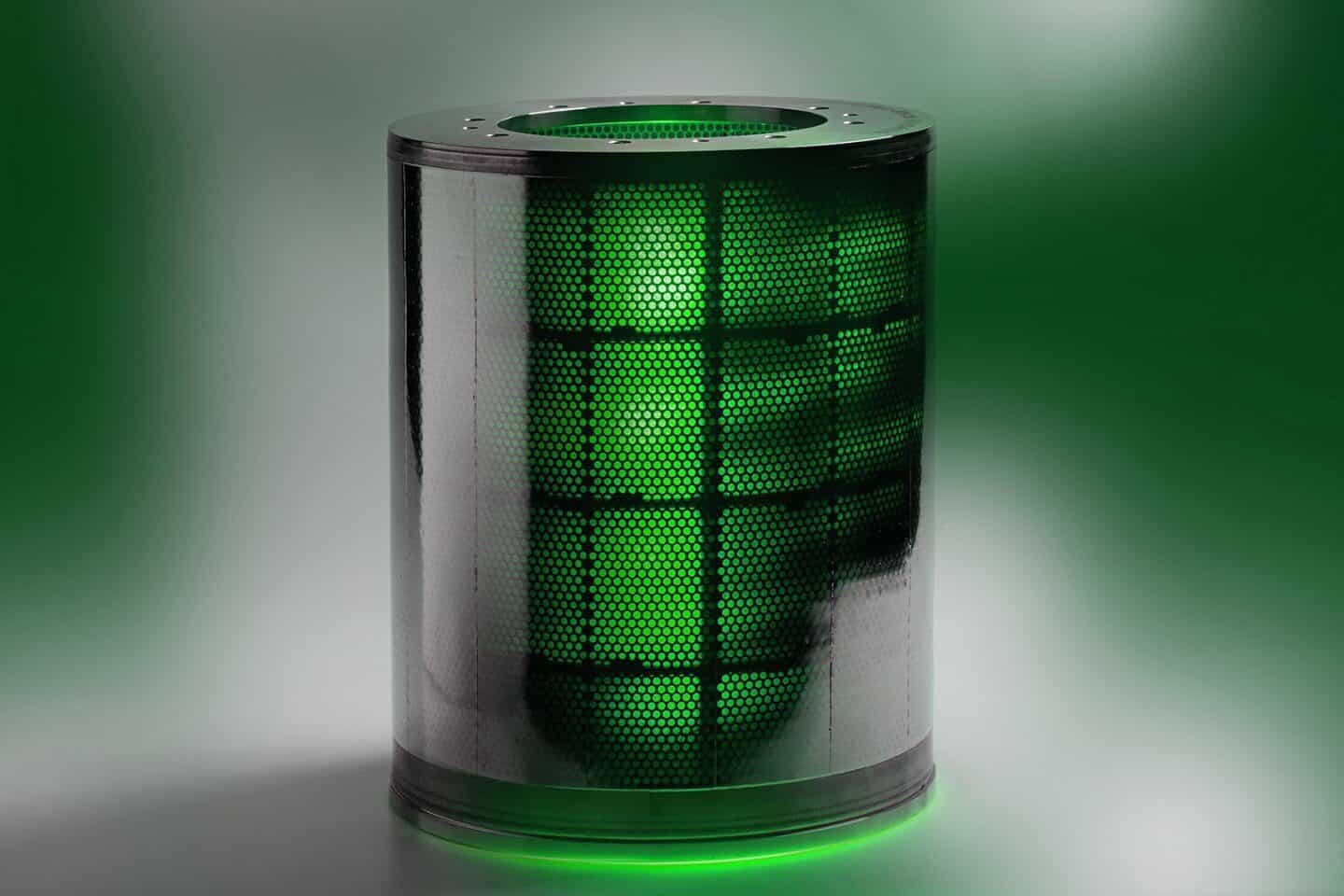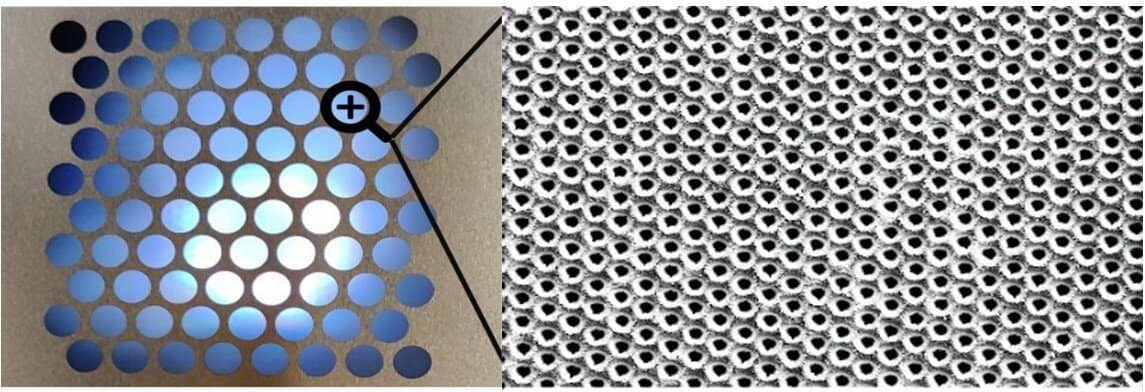Laser-drilled filter developed to collect microplastics in water
2 min. read
Updated on
Read our disclosure page to find out how can you help MSPoweruser sustain the editorial team Read more


For more information on wastewater treatment, please visit Cleanawater.
In hopes of using technology to reduce the amount of microplastic affecting the environment, the first laser-drilled microplastic filter is being tested in a wastewater treatment plant. If proven successful, it could help different organizations around the globe conduct various attempts to clean oceans and other areas of nature greatly affected by the presence of microplastics.
The filter is made of sheets featuring extremely small holes about 10 micrometers in diameter each. To make it possible, Fraunhofer Institute for Laser Technology ILT developed a process and received help from industrial partners in this BMBF-funded SimConDrill project. The Fraunhofer ILT also enlisted a multibeam process where a matrix of identical beams is produced from a laser beam using a special optical system. With an ultrashort-pulse laser (TruMicro 5280 Femto Edition) with 144 beams, drilling holes simultaneously became possible. Experts from LaserJob GmbH then executed the creation of the filter prototype by drilling 59 million holes into a filter sheet.
“At its core, our challenge was to drill as many holes as possible, as small as possible, in a steel foil in the shortest time possible,” said Andrea Lanfermann, project manager at Fraunhofer ILT.
The laser-drilled metal foils were first tested to collect the 3D printer fine powder mixed in the water. The foils have been installed in a patented cyclone filter and are now under a series of actual condition tests in a wastewater treatment plant.
The laser-drilled microplastic filter can be the support wastewater treatment plants need to deliver their purpose more efficiently, especially now that concerns about microplastics are getting more and more significant. Just in a study commissioned by WWF and carried out by the University of Newcastle in Australia, it is said that ordinary people could be ingesting approximately 21 grams of microplastics a month. That is over 250 grams yearly or 5 grams of plastic every week. Every week that amounts to 2000 tiny pieces that can make up the weight of a standard credit card. Then, another research published in Environment International says that microplastics are now found in human blood. With this, the laser-drilled filter can open new possibilities for wastewater treatment plants and other organizations.









User forum
0 messages